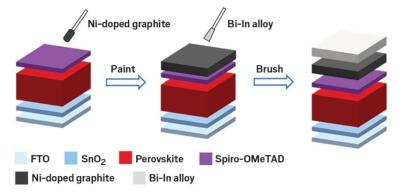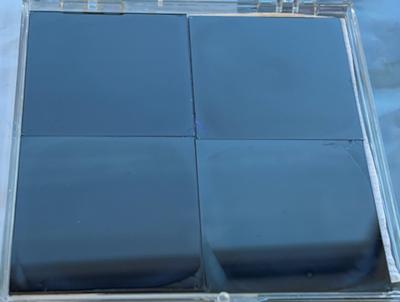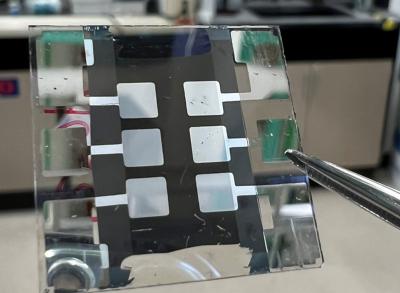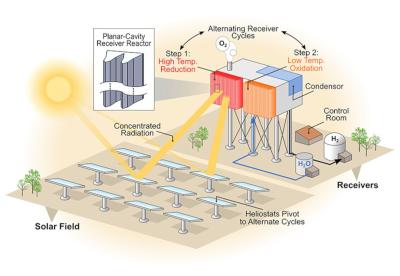Researchers suggest substitute for gold to make perovskite solar cells more affordable
Researchers from Northern Illinois University, National Renewable Energy Laboratory (NREL), Northwestern University and Argonne National Laboratory have reported a bilayer back electrode configuration consisting of an Ni-doped natural graphite layer with a fusible Bi-In alloy. This back electrode can be deposited in a vacuum-free approach and enables perovskite solar cells (PSCs) with a power conversion efficiency of 21.0%. These inexpensive materials and facile ambient fabrication techniques can help provide an appealing solution to low-cost PSC industrialization.
A thin layer of gold or silver can help improve the efficiency of perovskite solar cells, but the researchers have found a less expensive material that will enable commercialization of the technology without exorbitant cost. “A layer of gold in a solar panel or even a layer of silver is probably too expensive,” said Kai Zhu, a senior scientist in the Chemistry and Nanoscience Center at the U.S. Department of Energy’s National Renewable Energy Laboratory (NREL). “It would make the solar panel not affordable for most people.”







